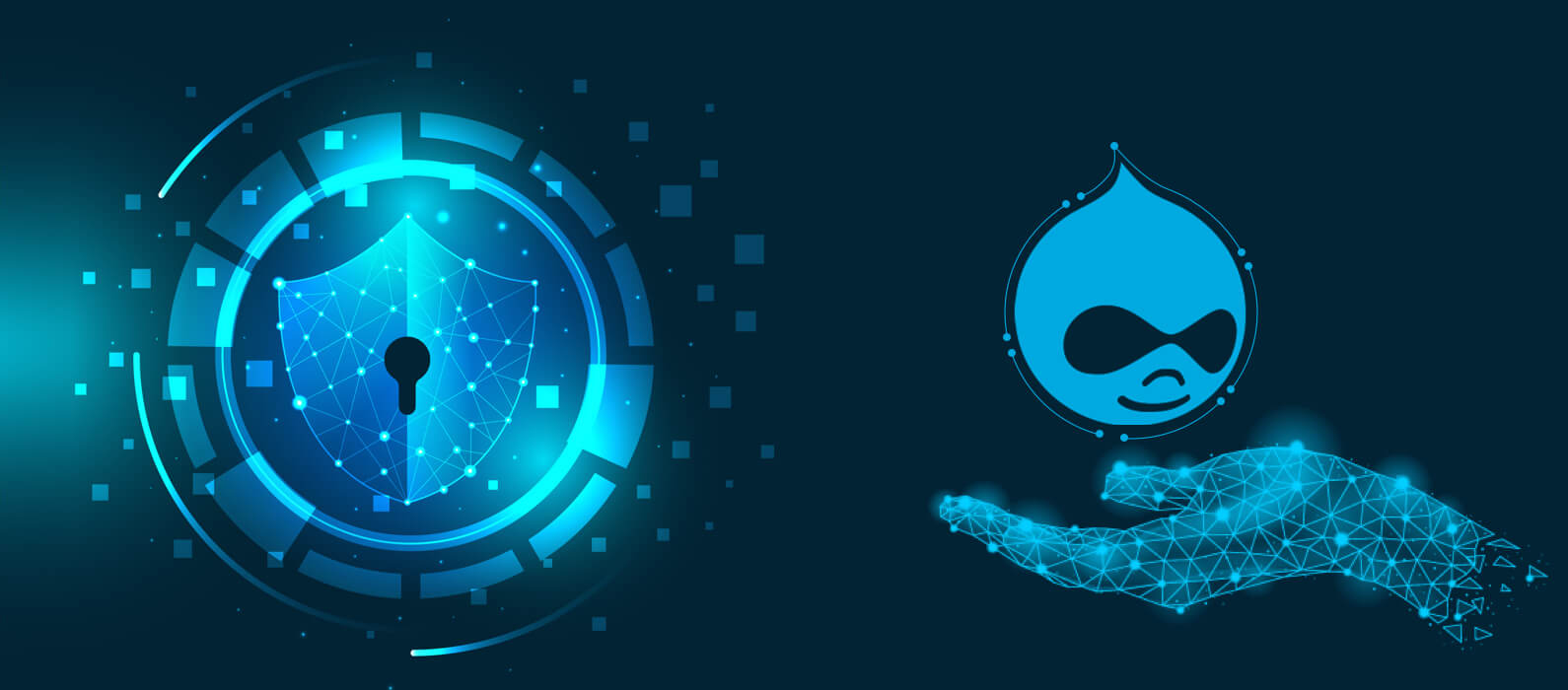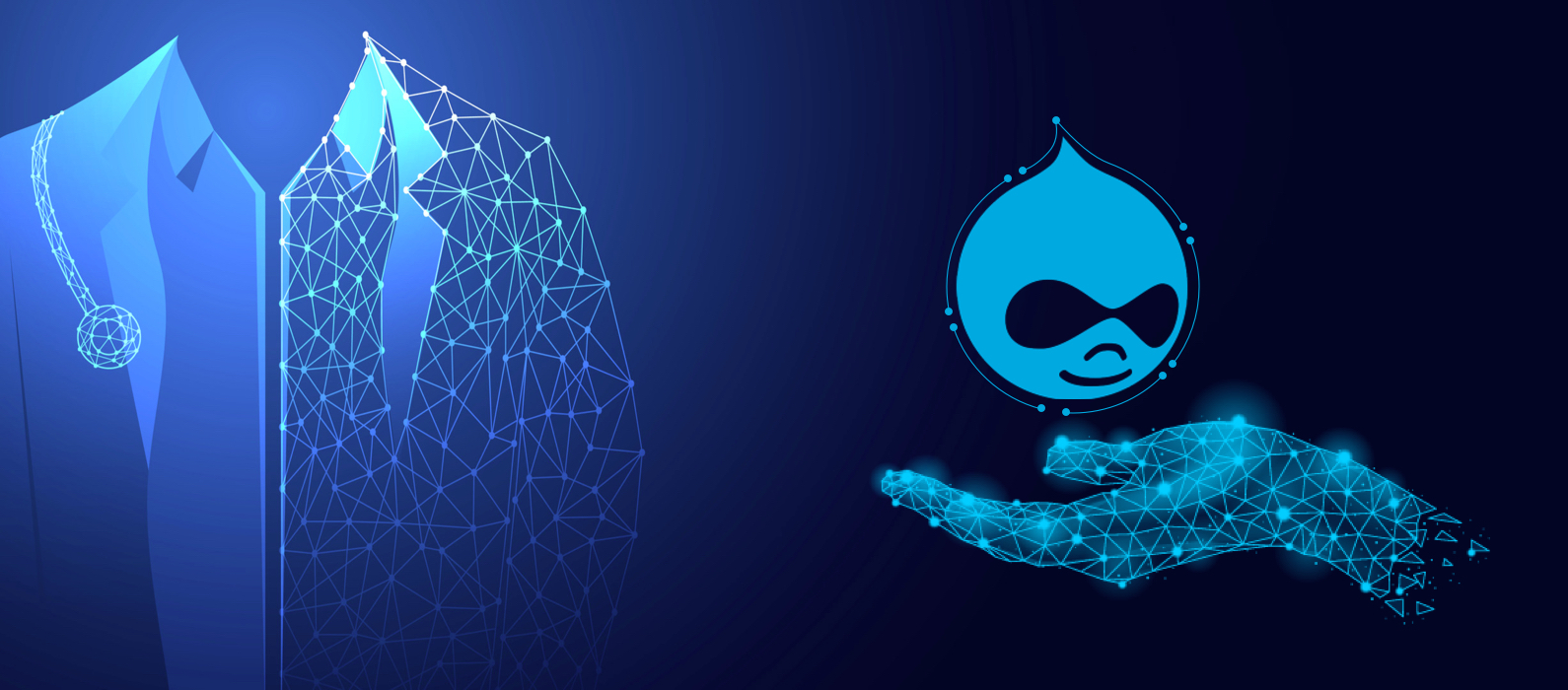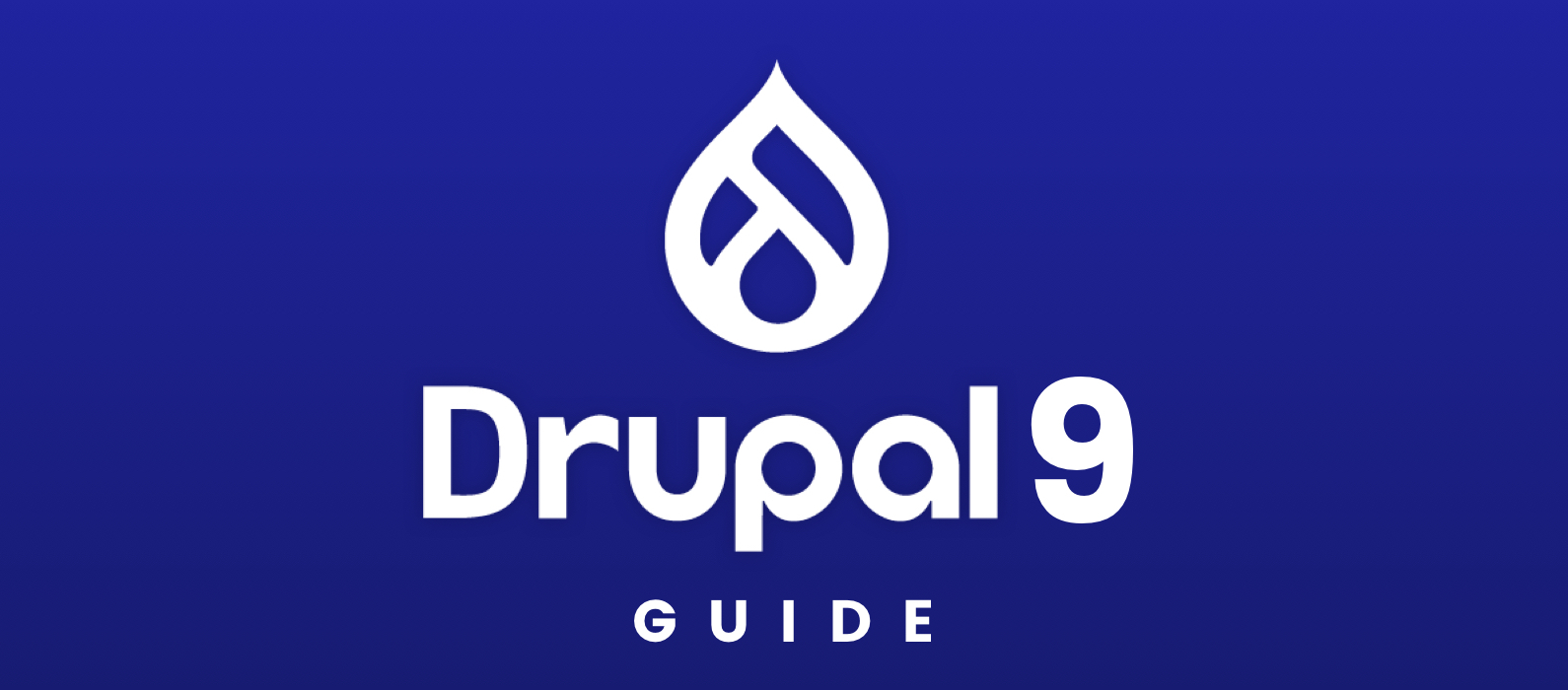One of the key considerations for any business using new software or tech to change the way they operate is security. This is especially true if your business involves keeping customer data. One of the baseline requirements for customers is knowing that the information they provide you with is kept secure, and only accessible by the right people at the right time.
Drupal is an open-source content management system that is also subject to these security concerns. Here we show the top Drupal 8 security checklist that need addressing and how companies are ensuring they follow the best security practices.
These are the issues we are aiming to address in this article. So, keep reading to find out more.
Why Drupal 8 Security Matters
In the old days, you kept records and data in physical form under lock and key. If anyone wanted to get at it, they would need to break in and steal it. Of course, this was a possibility but there were various preventative measures you could take to bolster your security systems. An alarm, CCTV and secure storage made it hard.
However, over the last two decades, more and more of what we store is in digital form. We use software and CMSs to store data, which is a much more efficient way of doing it. However, this means that your data is open to security breaches and the nature of digital security is always changing and adapting to new threats.
The list of security dos and don’ts is growing by the day and any mistake you make with them could prove to be very costly. Trust takes a long time to build up but it can disappear very quickly.
Drupal security team works hard to make sure that its platforms are safe and secure, but there are still best practices you can follow to ensure that it stays that way.
Drupal 8 Security Checklist
Secure the server
This is perhaps the most important and certainly the first thing you need to do to get the best out of Drupal’s security features. Make sure that your server-side hosting environment is secure and allows only a limited number of users to have access. You should also hide the server signature and enable port wise security.
Back up
This should be a part of any good security practice and certainly forms part of the Drupal 8 security checklist. If the worst does happen, you can’t afford to be without the latest version of all your data safely backed up and stored. Unwanted intrusions and breakdowns can happen, so make sure you’re protected. There are various drupal security modules in place to help you back up regularly and securely, so build this into your everyday operation.
Use CDNs
A content distribution network, or CDN, keeps sensitive information and financial information safe. As the risk of denial of service attacks, or DoSs, grows you need to do what you can to keep this kind of information secure.
Of course, the drupal security checklist is always expanding as new threats are discovered. But if you follow these core practices and make sure that you try and keep up to date, then a combination of best practice and Drupal security measures will be good for your business.
If you would like to know more about Drupal 8 security measures, or for help to set them up, get in touch with a member of our team. We’re always ready to provide support and can help you create a safe and more secure working environment. Digital security can never be underestimated and building trust with your customers is an essential part of modern business.
Secure the core
You should always keep your Drupal core updated as falling behind can expose your system to weaknesses. Hackers tend to target older versions of software, and the Drupal security team works hard to keep things up to date. So, keep your eyes peeled for updates.
You should also try and use the additional security module, which includes the security kit. CAPTCHA is a reaction test that can be put in place to eliminate entry by robots. If you’re going to use modules to add extra protection, then only use ones approved by the Drupal security team.
User side security
As well as keeping things safe on the server-side, you should also do the same for the user side. Use passwords at both the user and admin level, making sure these are strong and secure. Ensure that passwords are not easy to guess by varying with numbers and other characters. There are Drupal security modules that can be used to boost user drupal password strength.
Firewall
Setting up a firewall provides additional protection and only allows entry from trusted partners. It also puts a barrier in place to outgoing connections.
Check files permissions
Making sure you have the correct file permissions in place is also key and can make a big difference to the threat from hackers.
Use HTTP secure
Using HTTPS can add another level of security to your site. An SSL certificate protects the connection between the user and the server and stops hackers from getting into your system. It also means that you will rank higher in search engine results, providing a much-needed marketing boost.





Hi, this is a comment.
To get started with moderating, editing, and deleting comments, please visit the Comments screen in the dashboard.
Commenter avatars come from Gravatar.